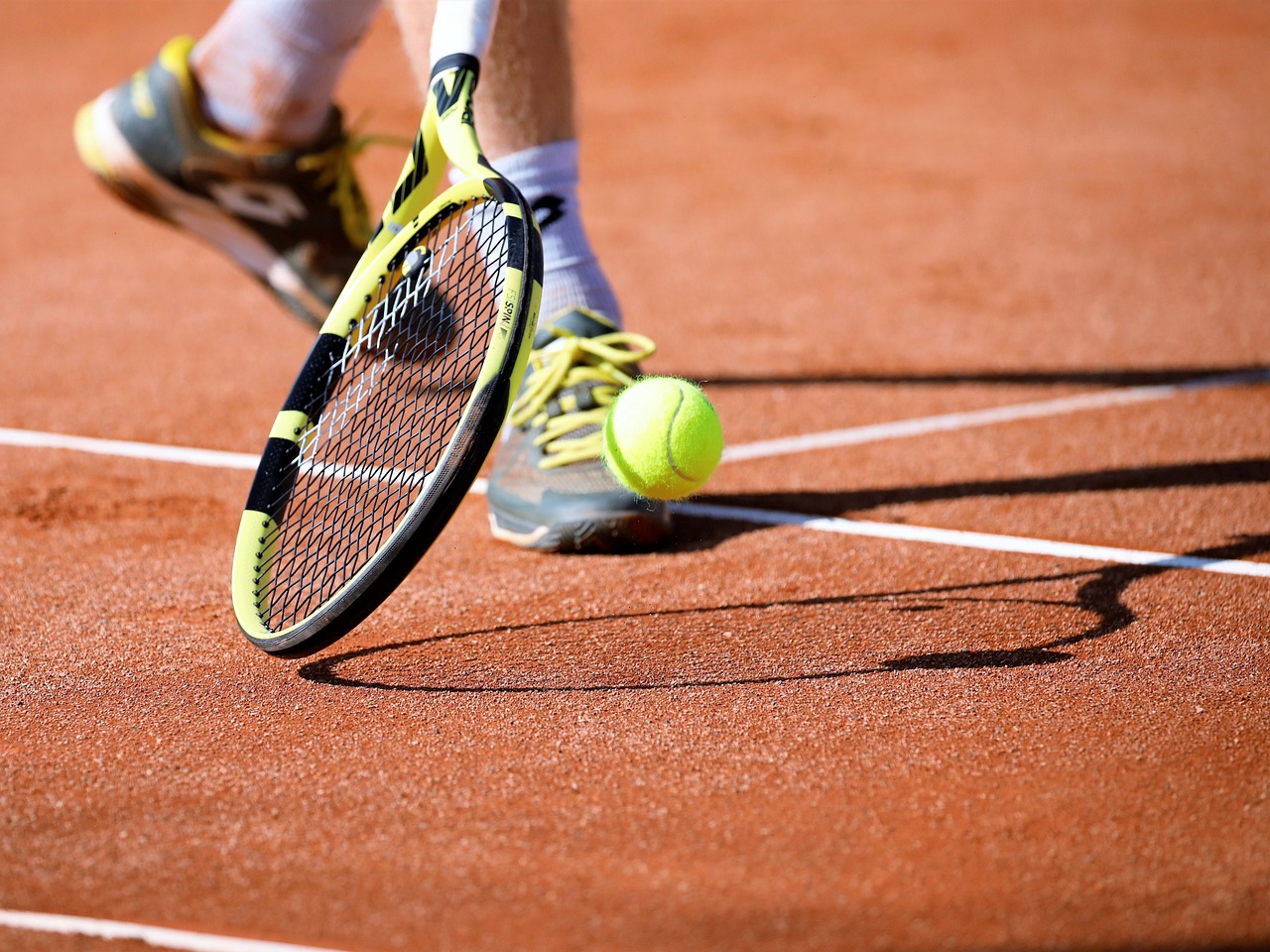Introduction:
Tennis is a highly popular sport that requires precision, agility, and quick reflexes. While it may be known for its competitive nature and physical demands, one of the often-overlooked benefits of tennis is its positive impact on coordination. Engaging in regular tennis practice can significantly improve coordination skills, benefiting players of all ages and skill levels. In this article, we will explore how tennis promotes coordination and discuss its various advantages.
1. Hand-Eye Coordination:
Tennis demands exceptional hand-eye coordination as players need to track the trajectory of the ball, judge its speed, and anticipate its bounce. By consistently hitting the ball with precision, players enhance their ability to synchronize their hand movements with visual cues. This improvement in hand-eye coordination can translate to other sports and daily activities that require precise motor control.
2. Footwork and Balance:
Tennis places a strong emphasis on footwork and balance, as players need to move quickly and efficiently around the court to reach the ball. The constant change in direction, combined with split-second decision-making, challenges players to develop excellent foot-eye coordination. Consistent tennis practice enhances footwork, allowing players to react swiftly to incoming shots and maintain balance while executing shots with accuracy.
3. Timing and Rhythm:
In tennis, timing is crucial, as players must strike the ball at the right moment to achieve optimal power and accuracy. This requirement helps individuals develop a keen sense of timing and rhythm. The repetitive nature of hitting the ball and the need to coordinate swing movements with footwork create a sense of rhythm that improves overall coordination skills.
4. Spatial Awareness:
Tennis requires players to navigate a relatively small court, making split-second decisions about where to position themselves and how to return the ball effectively. This aspect of the game enhances spatial awareness, helping players gauge distances accurately and react swiftly to changes in the playing environment. Improved spatial awareness can benefit various daily activities, such as driving, navigating crowded spaces, and even playing other sports.
Conclusion:
Tennis is not just a sport; it is a fantastic way to improve coordination skills. The sport's demanding nature, combined with its focus on hand-eye coordination, footwork, timing, rhythm, and spatial awareness, offers numerous benefits to players of all ages. Engaging in regular tennis practice can enhance motor control, reaction time, and overall coordination, leading to improved performance on and off the court. Check out other sports that require exceptional hand-eye coordination.
References:
1. Gao, B., Gu, Y., & Zhu, Q. (2020). The effects of tennis training on the perceptual-cognitive skills of college students. Journal of Human Kinetics, 71, 135-144.
2. Loffing, F., Sölter, F., Hagemann, N., & Strauss, B. (2010). Accuracy of outcome anticipation, but not gaze behavior, differs against left-and right-handed penalties in team-handball goalkeeping. Journal of Sports Sciences, 28(12), 1427-1432.
3. Nicholas, C. W., & Nuttall, F. E. (1997). The relationship between the visual tracking and anticipatory timing skills of elite and novice tennis players. Journal of Human Movement Studies, 33(4), 191-209.
4. Reid, M., Whiteside, D., & Elliott, B. (2016). The biomechanics of tennis: implications for performance. Sports Medicine, 46(4), 545-556.










